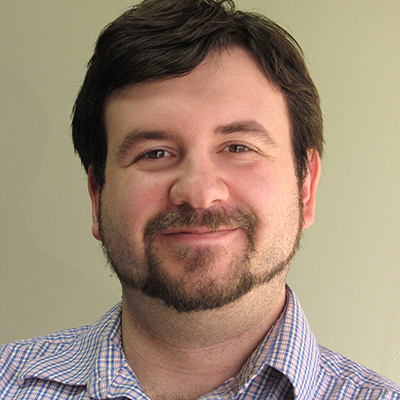Q&A with Jonathan Bauer: How to Become and Progress as a CIO
 |
7.5.17 By Zach Donisch, Director of Membership, AEHIS |
Jonathan Bauer, CHCIO, the former CIO at Somerset Hospital in Pennsylvania and a member of AEHIS and CHIME, recently shared tips on career advancement and management in a Q&A with Zach Donisch, director of membership for AEHIS, AEHIA and AEHIT.
Tell me a bit about yourself.
I was the former CIO at Somerset Hospital for eight years. Nine months ago, my position was eliminated. I’m currently looking for my next CIO spot. I have a few to pick from, and want to choose the right one that fits my lifestyle.
With all the mergers, acquisitions of smaller hospitals (by larger medical groups), becoming a CIO at a large hospital is very difficult. I didn’t have that multiple-facility experience that big facilities are looking for. It remains to be seen how the next few years shape out, whether smaller facilities will start to thrive again.
What’s your biggest piece of advice for aspiring CIOs?
Get that multi-facility experience. Before becoming a CIO, get in to a big organization as a director or a manager if you have to. Having that [multi-facility] experience as part of your background is critical. Being a CIO at a small facility and not having that experience when looking to move to a large hospital system, trying to go back and get that experience, would be difficult.
What about the CISOs and security professionals?
For CISOs, put some learning into CISSP (Certified Information Systems Security Professional) certification. That’s probably one of the harder certifications to acquire. You can understand how to build a security organization, what NIST (National Institute of Standards and Technology) requires, but to understand everything in detail, that certification will benefit you.
What are some great ways to develop your team and move forward with succession planning?
A lot of what I’ll tell you is from CHIME CIO Boot Camps and leadership events – giving people underneath you the ability to work independently. The idea of micromanaging your team and following upon every piece doesn’t make sense. As a CIO, I focused on the strategic part of our initiatives and putting together the focus groups and teams to make the project successful. Get the decision makers into a room and whatever comes out is the decision you go with. Obviously, I had an idea of what I wanted, but when you get people involved, the group really buys into it; they want it to be successful, too.
If you’re “setting and forgetting” your team and letting them work independently, how did you ensure accuracy and accountability?
I worked at McKesson, and went through Six Sigma and greenbelt training. We used DMAIC from Six Sigma to help with that – Define, Measure, Analyze, Improve and Control. When you plug yourself into the control piece of DMAIC, you follow up from (that perspective) and ensure your team is meeting each other part of the DMAIC process. You also put out metrics and ensure those metrics are easy to generate. If gathering your metrics involves something obscure like interviewing an employee, it’s harder to do. If you have something repeatable and a message that’s generated, it makes it a lot easier.
One last question: Do you have a book that’s helped guide your career you can recommend to AEHIS members?
The best book for new CIOs would be “The New CIO Leader” by Marianne Broadbent and Ellen Kitzis. I read this book years ago. What stuck with me was when I went back to CHIME and went through the CHCIO certification, I thought it would be this technical thing. It was really about how you build relationships with your key stakeholders and advance your agenda, and really enable IT to move business practices forward. I started remembering all of those chapters … and it brought to light the information within this book.
More AEHIS News Volume 1, No. 1:
- Protecting the Human Element – Amy McDonald
- Symposium Helps CISOs Establish, Implement and Mature Cyber Programs – Bob Chaput
Looking to contribute to the AEHISecurity Newsletter? Email your contributions to staff@aehis.org.
